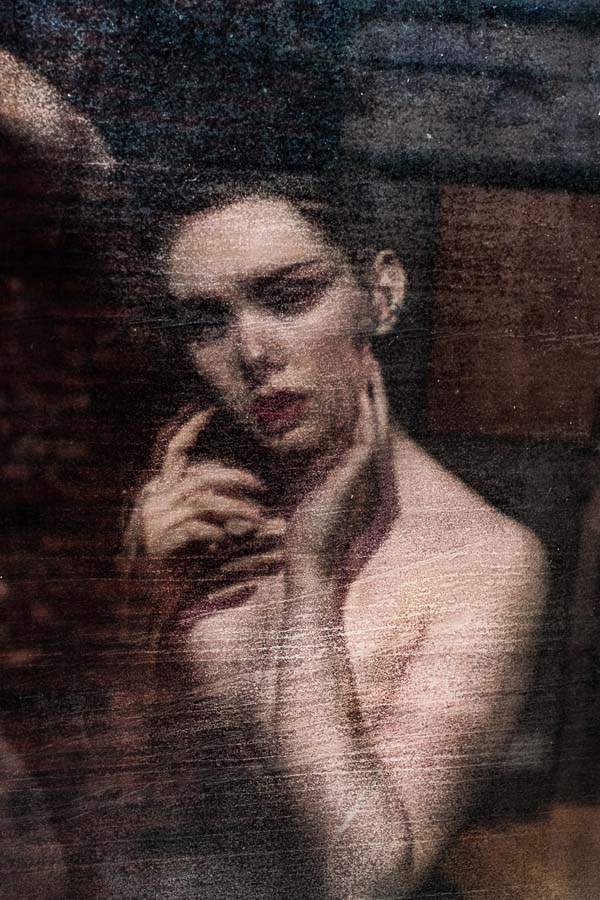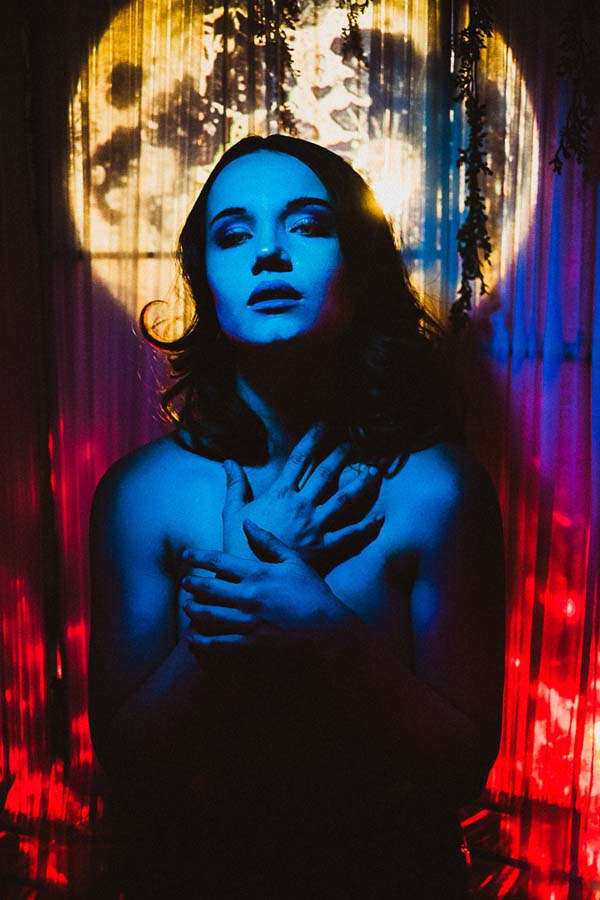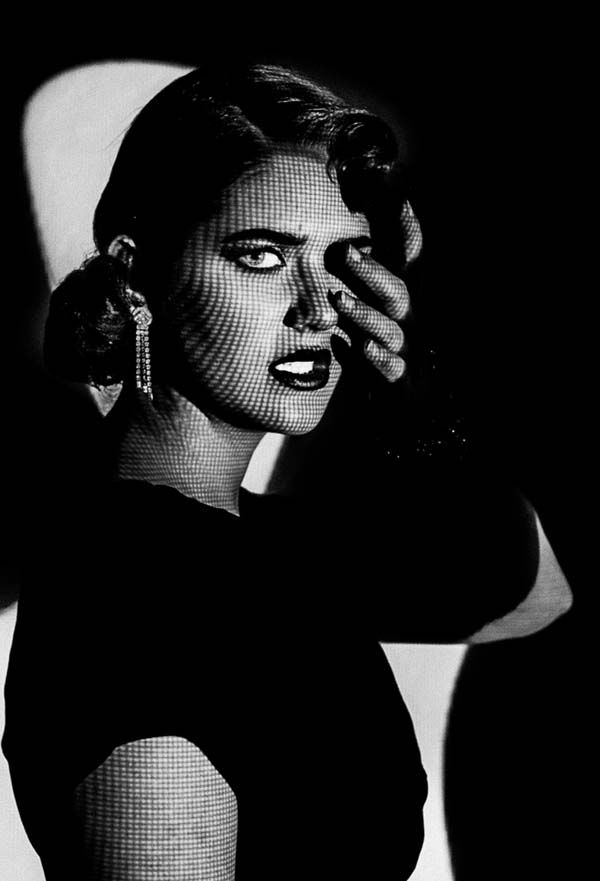Creative Lighting Techniques
More than once I have heard photographers describe their craft as being “all about the light” – thus dismissing things like subject, composition, concept and so on. I absolutely understand how creative approaches to light can make or break a shoot, so I wanted to lay out several approaches and samples for how we can make our light setups more than “natural light vs. artificial light” kind of circular conversations.
The Altered Light

This is light that we change or transform either as it lands on our subject or passes through our lenses. The altered light has to pass through another object before it reaches its destination.
An altered light that I commonly get asked to use is gel lighting, gels being colored transparencies that either give a warming, cooling, or radically solid coloration to the light. I’ve seen many a movie and music video where a dark, surreal atmosphere is communicated through virtue of having different colors on skin or backgrounds. The original Suspiria directed by Dario Argento is a notable example of gel lighting in film. For my purposes, I’ll often use a colored gel to colorize a flat white wall into appearing as a color paper backdrop. This absolutely saves on having to haul around a 9-ft seamless backdrop when a gelled LED light or two on a Gorillapod mount fits so conveniently in my backpack.
The altered light can be achieved by using a go-between, or gobo; essentially a stencil that makes light project as a predetermined pattern rather than a wide swath of light. If something blocking the light is moved further from the light source, it’s generally considered a flag (blocking the light) or cucoloris/cookie (still creating unnatural patterns). All these objects have the intention of shaping the light so it isn’t going all over the place. In the model photography genre, I’ve seen perhaps 3,000,000 variations of the Venetian blind projection over a naked lady- I’ve also seen some incredibly complicated and clever uses of go-betweens, essentially creating the idea that we are in a particular environment complete with all the shadows that should be in the scene but none of them are real.
Unusual Light Sources

Television sets. Digital or slide projectors. Your phone flashlight. Shop lights. Car headlights. Campfires and candle flames. Holiday lights.
The Varied Light
These are scenarios where we mix color temperatures or a number of lights to create interest. I’m not talking about 3 softboxes, I mean more like 20 small flashlights or old lamps mixed with daylight mixed with a bounce. The most famous example off the top of my head is Gregory Crewsdon and his large scale tableaus that are meant to be a heightened reality in cinematic fashion.
Then there’s good-old shadows and reflections – the cheapest special effects in the world that so many of us forget about. Shooting the reflected light of a model rather than the model themselves creates a layered effect that a lot of modern viewers may interpret as Photoshop, and combining that reflected light with judicious shadow placement can create a phantasmagoric effect.

It’s fairly easy to come up with a neat laundry list of lighting techniques; watch any of the Academy Award-winning cinematographers with a notebook. Investigate the work of Erwin Blumenfeld, see what National Geographic photographers do to get unique lighting looks. Goof around with your drinking glasses and old mirrors. Spend a few dollars on nice lighting gels or pick up a slide projector from Goodwill. These little in-camera lighting tweaks can turn an ordinary shoot into something magical.




May 07, 2019 at 2:49 am, Don said:
Cool article. Love the mesh shadow image.
April 20, 2019 at 1:46 pm, Jenny said:
thank you for the article and the video! Can you elaborate on how you achieve the effect of the streaky yet crayon-painterly look for the first image of this article? thank you! 🙂